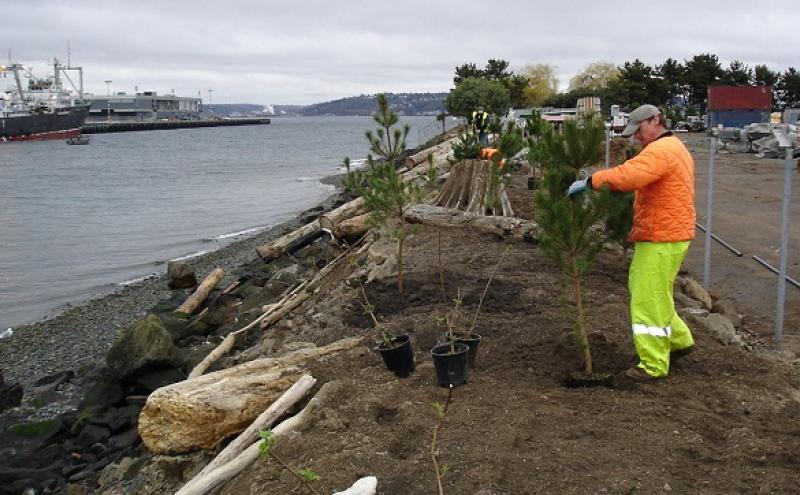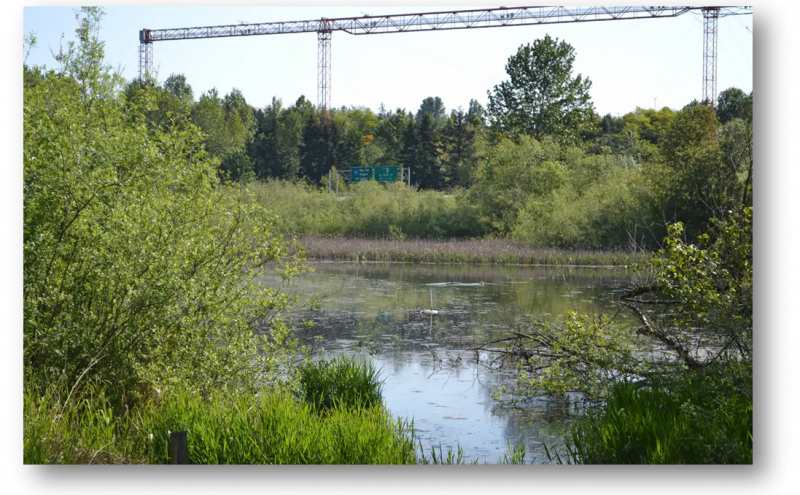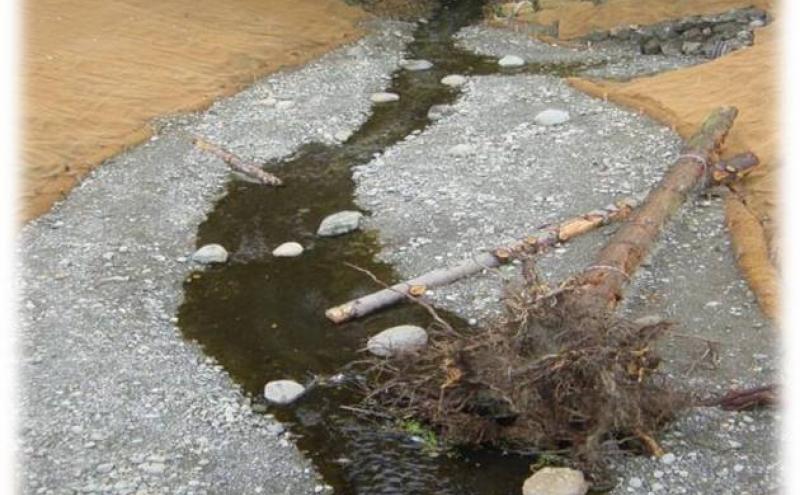




Aquatic Habitat Restoration
Our region's aquatic environment, especially salmon habitat, is one of the Northwest's greatest resources. Around Puget Sound, several wild salmon runs have been protected under the Federal Endangered Species Act. Over 150 years ago, this area was 8.2 square miles of mudflat, marsh, forested wetland, and a river channel — an ideal home for fish and wildlife. Protecting, enhancing, and when possible, expanding this remaining habitat is crucial to fish and wildlife survival, especially as our region becomes increasingly urban.
When the Port of Seattle designs and constructs marine facilities, plans are implemented that avoid, minimize, and when appropriate, compensate for any anticipated effects on aquatic habitat.
As integral parts of major infrastructure projects, the Port of Seattle has:
- Restored or enhanced over 31 acres of fish and wildlife habitat at 16 sites throughout the Duwamish River, Elliott Bay, Puget Sound, and Lake Washington Ship Canal.
- Improved light penetration in shallow water areas. These close-to-shore waters are particularly crucial for juvenile salmon, as they allow them to migrate in areas inaccessible to large predators. These young salmon depend on the vegetation in these waters for food and protective cover and these plants need light to grow and thrive. The Port has increased light penetration by replacing solid piers with grated structures, removing overwater structures, and removing or reducing the number of pilings supporting docks.
- Removed in-water barriers to migrating juvenile fish including a derelict ferry and sunken marina.
- Replaced more than 10,000 creosote (petroleum-treated) wooden pilings that contaminated fish habitats with fewer numbers of concrete and steel pilings. New, stronger pilings are installed with greater amounts of spacing, allowing more light to reach these under-pier waters.
- Cleaned up contaminated sediments. The port continues to lead in the cleanup of contaminated sediment in Elliott Bay and the Duwamish Waterway. Dredging in the East Waterway removed more than 100,000 tons of contaminated sediments.
- Created and enhanced 177 acres of wetland, including 350,000 new trees and shrubs.
- Enhanced two miles of stream habitat.
- Restored more than 30 acres of intertidal and saltwater habitat.


